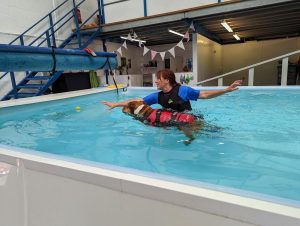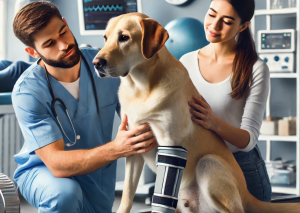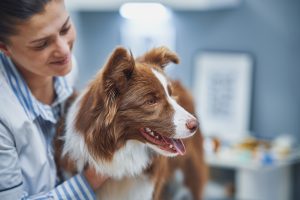Dita, a Miniature Long-Haired Dachshund, was once a champion show dog, winning Best of Breed titles and even placing third at Crufts. A lively, healthy dog, Dita’s life changed dramatically in November 2023 when she began slowing down unexpectedly. Initially showing no obvious signs of pain, her owner instinctively knew something was wrong. Within 24 hours, Dita lost the use of both back legs and her front right leg, confirming the onset of Intervertebral Disc Disease (IVDD)—a common but devastating condition in Dachshunds.
Faced with the difficult decision of whether to proceed with spinal surgery or take a more conservative approach, her owner opted for strict crate rest and medication, a decision backed by recent Cambridge University research suggesting non-surgical management can be just as effective for IVDD. With careful management and weekly vet check-ups, Dita eventually regained some mobility. Once strong enough, she was referred for hydrotherapy and physiotherapy at the Canine Fitness Centre, beginning a remarkable recovery journey.
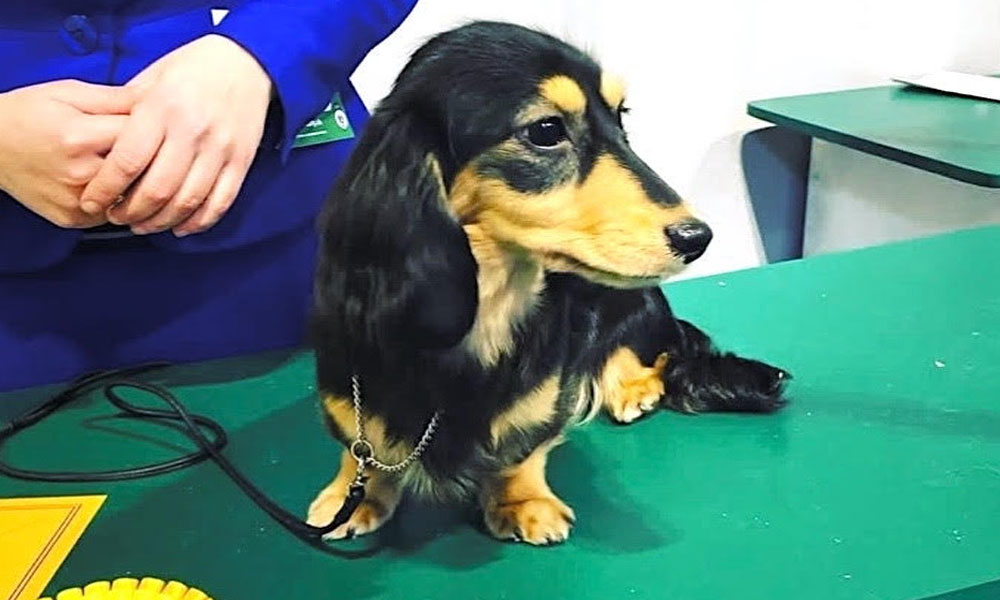
Key Challenges with IVDD
Dita’s initial symptoms included:
- Complete paralysis of the hind limbs and right forelimb
- Muscle weakness and loss of coordination
- Significant proprioceptive (limb awareness) delays
- Stiffness and hypertonicity (tight muscles) in her spine and shoulders
- Balance issues and difficulty placing weight on her hind legs
Despite these challenges, her determination and the right rehabilitation plan made all the difference.
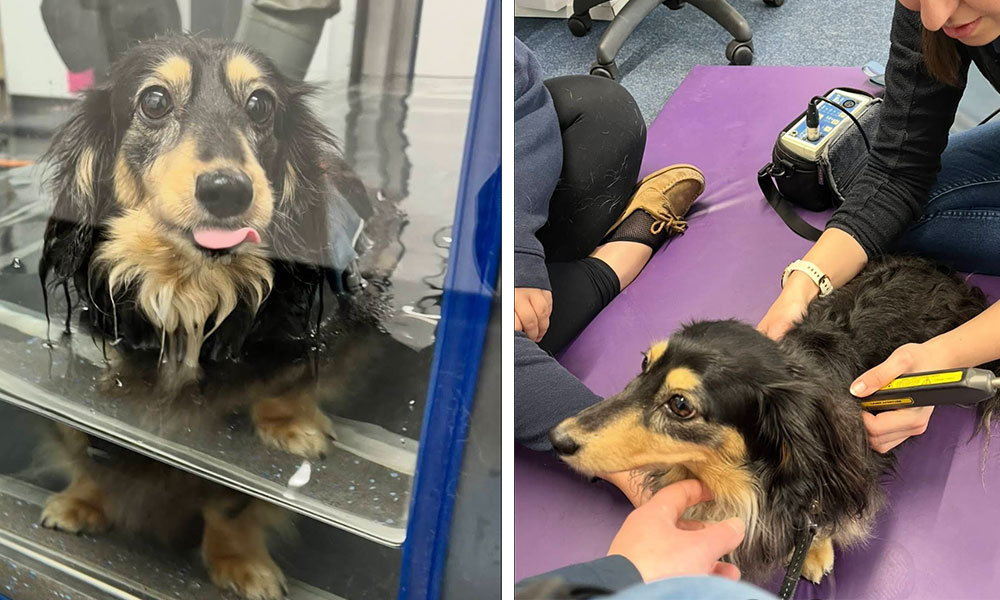
Treatment Plan: Physiotherapy & Hydrotherapy
Dita’s recovery focused on muscle strengthening, coordination improvement, and nerve stimulation through a structured rehabilitation programme.
Physiotherapy Sessions
- Laser Therapy – Applied to her thoracic and lumbar spine, triceps, and stifles to reduce inflammation and pain
- Massage & Soft Tissue Therapy – Relieved tightness in her shoulders, back, and epaxial muscles
- Proprioceptive & Balance Exercises – Used wobble cushions, yoga blocks, and balance pads to retrain her limb awareness
- Sit-to-Stand Exercises – Built hind limb strength and encouraged weight shifting
- Cavaletti Work & Sensory Mats – Stimulated her hind limb engagement and coordination
Hydrotherapy: Underwater Treadmill (UWTM)
Despite her previous experience as a show dog used to regular grooming, Dita initially found hydrotherapy unfamiliar. However, she quickly adapted and began thriving in the sessions, showing remarkable improvement in gait and endurance. Key hydrotherapy benefits included:
- Water-supported weight-bearing – Allowed controlled movement without strain
- Gait correction & muscle reactivation – Encouraged proper hind limb engagement
- Improved endurance & balance – Strengthened core and stabilised her stance
- Proprioceptive Stimulation – Used hand guidance, cavaletti work, and sensory mats to improve awareness of her limbs

Dita’s Progress & Key Milestones
After months of consistent hydrotherapy and physiotherapy, Dita’s transformation has been nothing short of remarkable:
- Rebuilt strength & coordination – Now standing tall on all four limbs
- No longer showing signs of ataxia (wobbliness) – Walking with confidence
- Improved muscle tone and flexibility – Reducing stiffness in her back and shoulders
- Enhanced endurance – No longer fatiguing quickly after activity
- Engagement in home exercises – Completing strength and proprioception work 3-5 times weekly
Her hydrotherapy sessions were gradually reduced from weekly to every three weeks, depending on her progress. Today, she continues to improve with every session.

A Testament to Non-Surgical IVDD Recovery
Dita’s journey proves that with commitment, expert rehabilitation, and patience, IVDD does not have to mean the end of a dog’s mobility. Her owner, now a strong advocate for hydrotherapy, believes that many vets are too quick to recommend surgery. In Dita’s case, careful management, hydrotherapy, and physiotherapy have led to a full return to mobility—without invasive intervention.
Dita loves her sessions, excitedly galloping through the doors of the Canine Fitness Centre each visit. Her favourite part? The warm post-session shower!
Her owner sums it up perfectly:
“I honestly don’t know if Dita would be here today without hydrotherapy. The strength and confidence she has gained is life-changing—for both of us.”
Dita’s story is an inspiration for other IVDD dog owners, proving that with the right approach, dogs can recover and thrive—even after paralysis.




